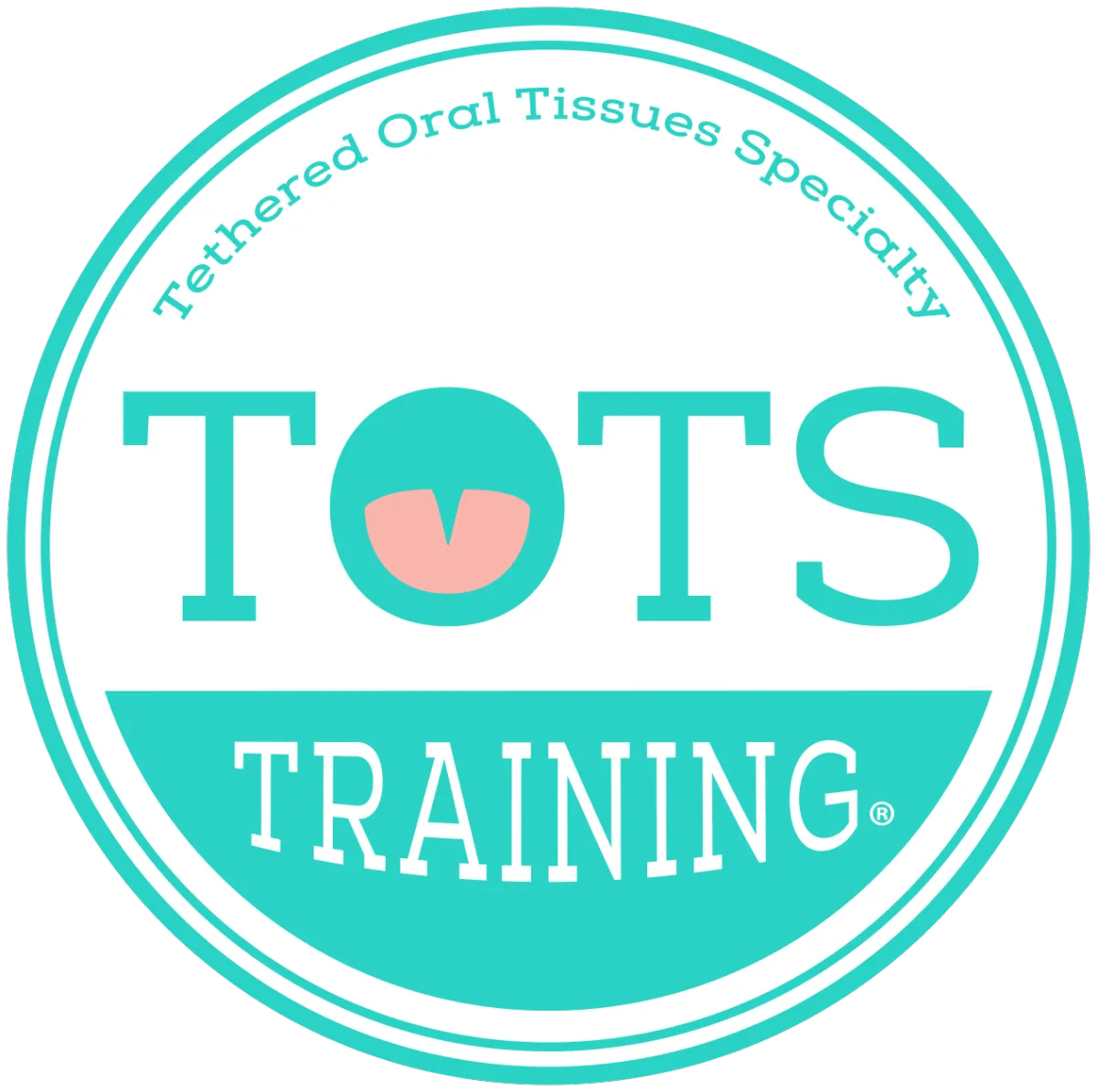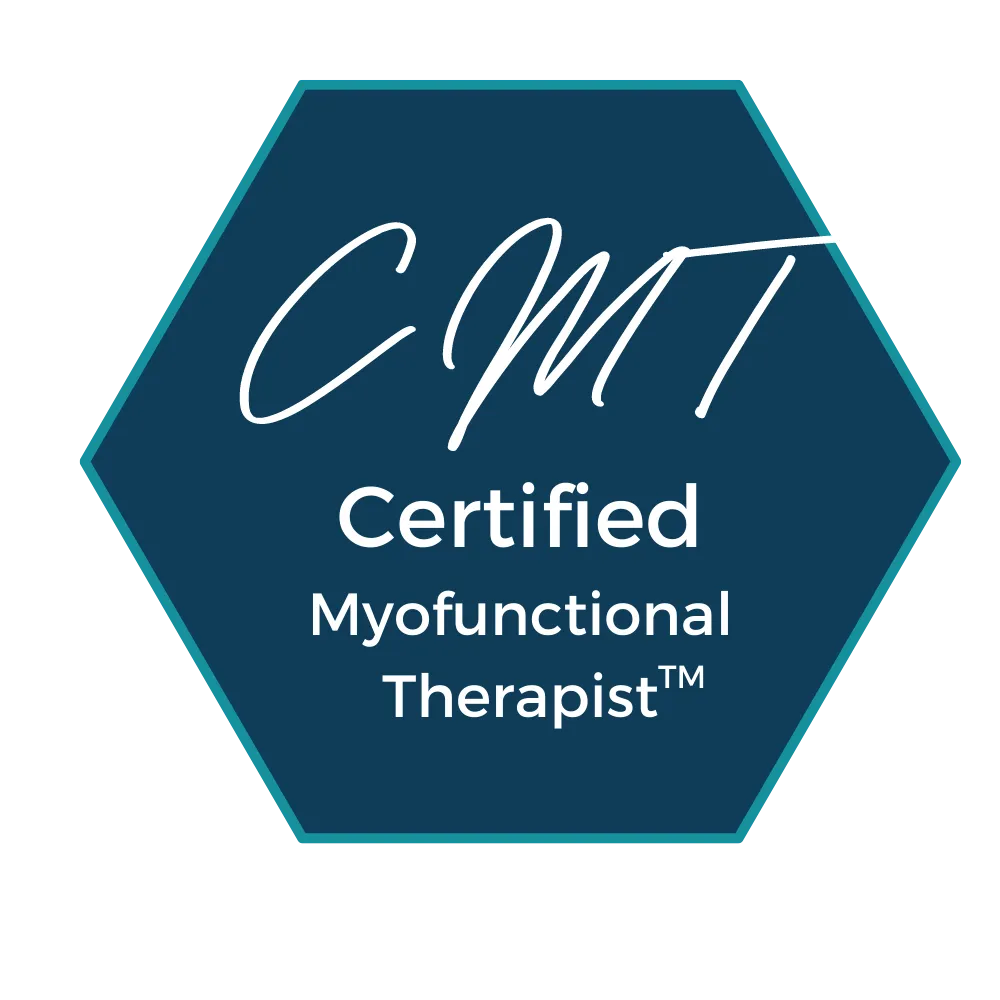Integrative and
Functional Speech Therapist
Jessica Hassell, MS, CCC-SLP, CMT, CHom
We specialize in infant feeding, oral motor therapy, oral restrictions/tongue ties & Myofunctional therapy
1

Infant Feeding
Includes bottle or breast
Oral motor therapy
2

Tethered Oral Tissues
Commonly referred to as Tongue Tie, Lip Tie, &/or Buccal Tie
Therapy to prepare for frenectomy
3

Myo
Myofunctional therapy addresses the muscles of the face, tongue, mouth, optimal breathing and optimal tongue position and oral rest posture. Mouth breathing, tongue sitting low in the mouth, incorrect oral motor patterns can lead to crowded teeth, recessed jaw, difficulty sleeping, and poor cognitive performance.

Meet
Jess
Speech Pathologist, Infant & Child Feeding Specialist, Myofunctional Therapist, & Homeopath
Jessica began her journey into health in the field of speech pathology, specializing in myofunctional and feeding therapy. She has taken various feeding, tongue tie, and oral motor courses. She is also trained in basic cranial sacral therapy.
She has expanded her education by obtaining a certification in homeopathy.
Over the past 7 years, Jess has studied gut health and supplementation in depth, putting these concepts into action to help her family and those around her. She believes nutrition is at the core of our health and that eating real, whole foods will help the body to balance and thrive. She believes that the whole person should be taken into account because healing doesn’t occur in a vacuum; once the body is given the basic building blocks and stimulation that are needed, it can heal itself.
Myofunctional Therapy
What are the goals of Myofunctional Therapy
Our goals are to teach patients proper tongue placement, lip seal, proper nose breathing, and correct chewing/swallowing patterns.
What are the results of therapy?
When orofacial muscles are functioning optimally and maintaining proper oral rest posture it acts as a guide for the face and jaws to develop and grow to their full potential, oral habits are eliminated, a greater variety of foods are eaten and enjoyed.
Who benefits from myofunctional therapy?
Children and adults with OMD’s (oral motor disorders) may have some of the following associated symptoms:
Speech sound errors or distortions
High vaulted-shape of the hard palate
Drooling
Misalignment of teeth
Allergies
Trouble breathing through the nose
Open mouth breathing (day or night)
Snoring or other sleep disorders
TMJ (temporomandibular joint)
Dysfunction or jaw popping, clicking, or pain
Headaches
Digestive problems such as reflux or stomach pain (may be caused by poor chewing and swallowing patterns)
Facial pain or discomfort
Clenching or grinding of teeth (day or night)
Asymmetry of facial featuresForward posture of head/neck
Oral Habits, including sucking of fingers, thumb, tongue, or cheek, prolonged use of pacifier, chewing on clothing, excessive lip biting or licking, cheek biting, nail biting, chewing pens/pencils
Tongue thrust while swallowing
Other chewing/swallowing problems
Contrary to popular belief, Lorem Ipsum is not simply random text. It has roots in a piece of classical Latin literature from 45 BC, making it over 2000 years old.
Lorem Ipsum is simply dummy text of the printing and typesetting industry.

TOTs Training

CMT
Frequently Asked Questions
Q:
What does an infant feeding evaluation consist of?
A feeding evaluation lasts anywhere from 1-1.5 hours.
Q:
What does a myofunctional evaluation look like?
A myofunctional evaluation typically lasts 1-1.5 hours and involves an assessment of the muscles of the mouth and face.
